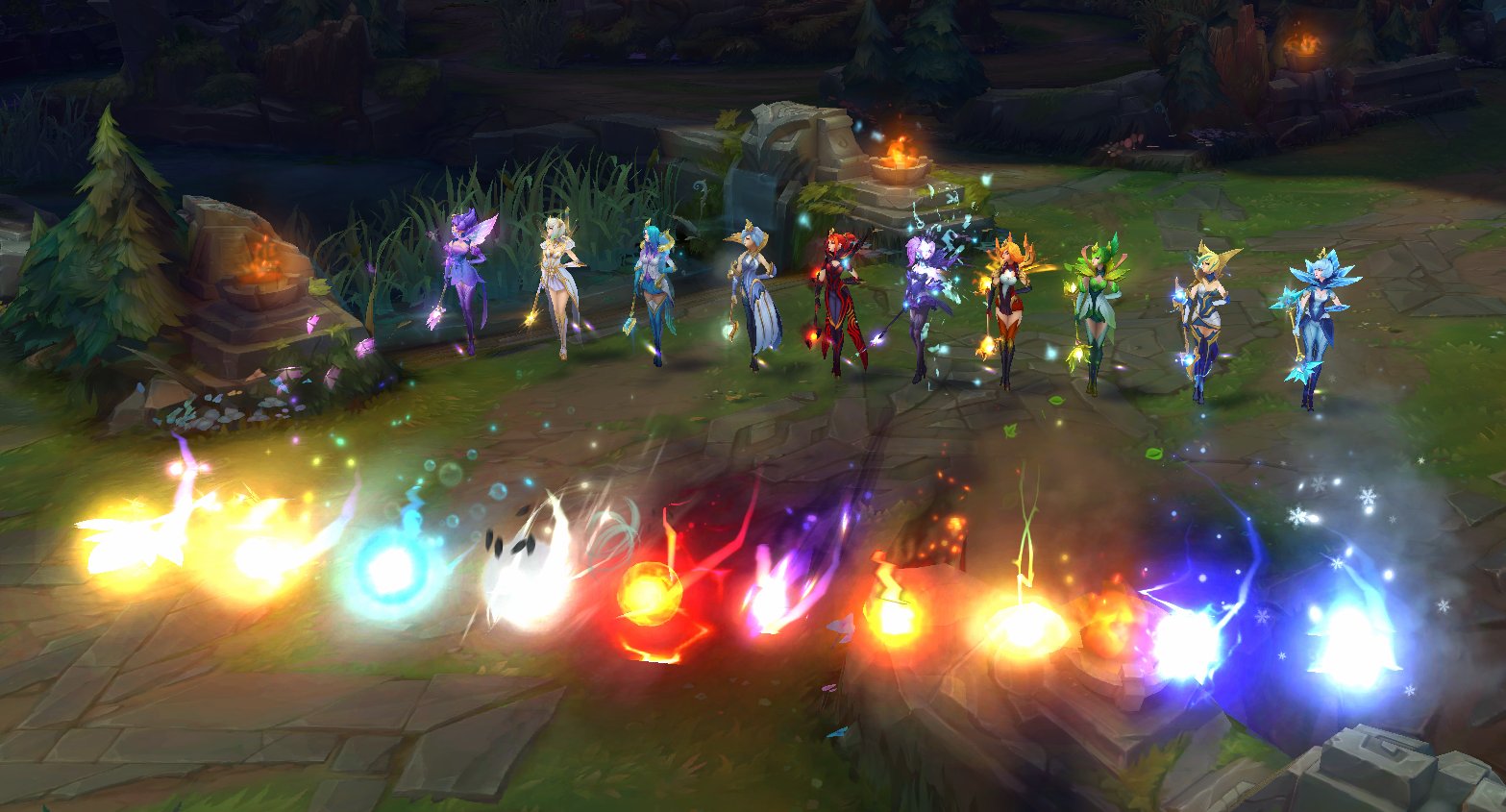How many of you own a piece of esports merchandise?
Maybe a sizable number of you can pull a team jersey out of your closet. A larger group yet probably have something related to video games within eyesight. But virtually everyone reading this article has made some esports related purchase, even–and especially–those of you operating in the free-to-play sphere. That being said, the actual products that we can classify as esports merchandise are almost all digital. In other words, you’re more likely to meet someone who has bought Dota 2 cosmetics than you are someone wearing a Hiko baseball hat.
Esports merchandise almost entirely consists of microtransactions. Rivalled only in size by the insanely lucrative mobile gaming market, especially Japanese Gacha titles, digital esports microtransactions are the source of revenue for top games. For instance, Riot Games brings in over $2.64 million in microtransactions per day (SuperData, 2016). Think about that for a second.
Of course, esports merchandising has its own issues. Imagine taking a walk around the Bay Area. You’re going to see a Golden State Warriors Stephen Curry jersey before you find a TSM Bjergsen one. Despite the rising popularity of competitive gaming compared to professional sports, why has non-digital esports merchandise failed to drive the same kind of profit as traditional sports merchandise?
Is Esports Merch Awkward?
Truth be told, not every fan is excited by the prospect of wearing clothes that broadcast their support of a professional gaming organization to others. Much of this perceived awkwardness when it comes to esports merchandise can likely be attributed to an outdated nerd stigma. I’m as much a perpetrator of closeted nerd shame as the next person, and part of what I see as a general lack of interest in gaming clothes may be attributed to the often introverted personalities of esports fans. (This is, admittedly, a broad generalization.)
At the same time, I’ve started to notice more people wearing shirts with esports logos on them. It’s not as if nobody buys esports clothing–there’s a reason why sites like J!NX exist.
Digital Esports Merchandise: Abstract Purchasing
Digital esports merchandise is difficult for many consumers to fully justify. After all, when you buy Mexican food, you get all of the physical benefits and bowel consequences. The tangibility of the purchase is extremely clear. When it comes to in-game purchases like forking over cash for Riot Points or adding funds for your Steam wallet, the products you’ll end up with are almost always digital. You might get an in-game visual effect for a character, a new audio file, or a rare cosmetic item with a unique pattern that increases its resale value on the Steam Community Market. But a shirt is distinctly different than an in-game cosmetic, and it’s likely perceived as more of an ‘investment’ than buying a new Dota 2 set or a fancy CS:GO weapon skin. Digital items are more likely to be impulse buys.

Is Esports Merchandise Advantageous?
Despite concerns, esports merchandising has innate advantages. When it comes to in-game merchandise, there’s a level of flexibility that physical goods don’t necessarily have. The accessible duration of a good can be minutely controlled–temporary skins–and transaction costs are little to none. Anything that can be logically coded can be slotted into the game.
You May Like
But even when it comes to tangible esports merchandising, being creative is far easier. Beyond formal team attire, memes can be the lowest hanging fruit for merchandisers trying to make a quick buck–or even a big buck–and memes are aplenty in the esports world.
The demographic of the esports market is unbelievably attractive for corporations. Everyone wants a piece of the pie. Gamers have money and want to spend it, and finding a way to orient merchandise in a way that appeals to specific audiences, more than just generic products will be the key driver for future success.
















